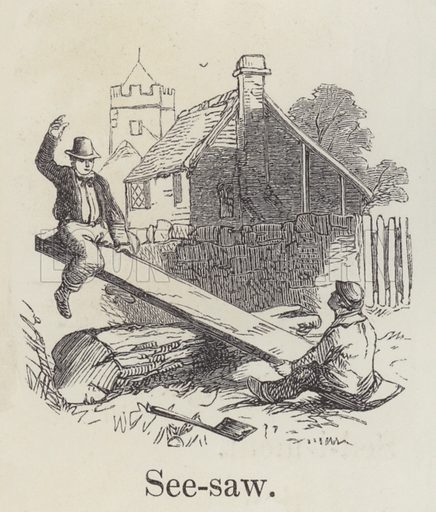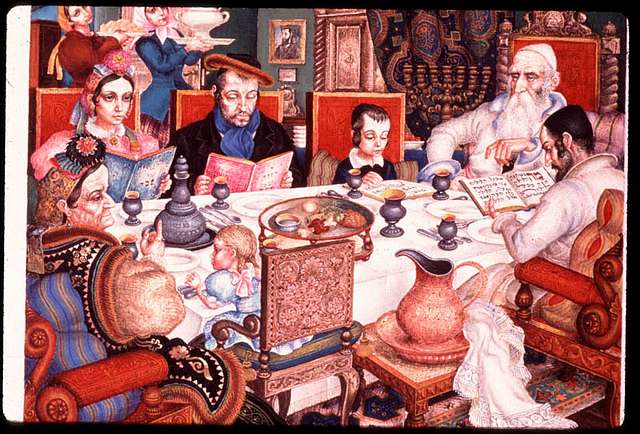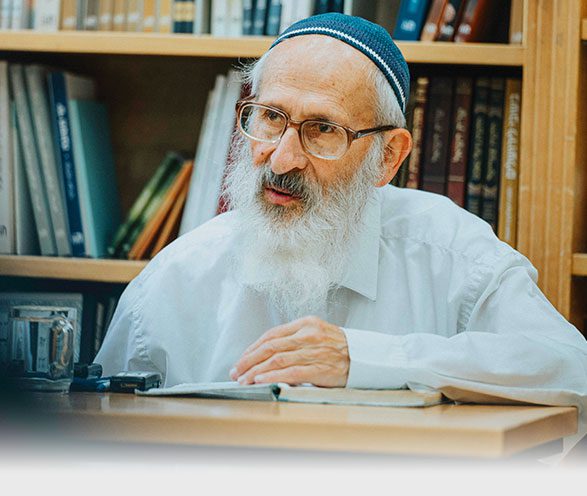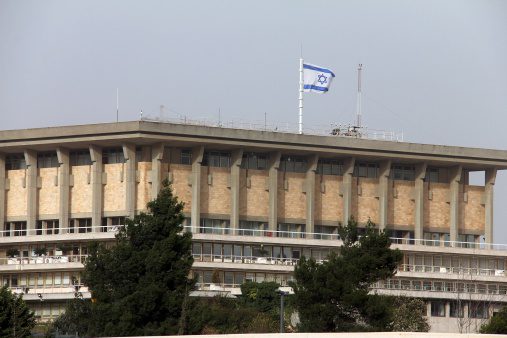When One Rises, the Other Falls
HaRav Dov Begon – Head of Machon Meir
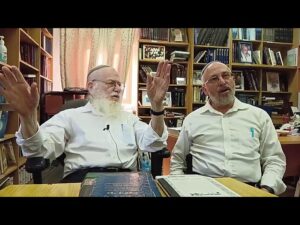
The relationship between Israel and the nations over thousands of years is difficult and complex, especially regarding the control of Jerusalem. The end of that struggle is hinted at in G-d’s words to Rebecca: “Two nations are in your womb. Two governments will separate from inside you. The upper hand will go from one government to the other. The greater one will serve the younger” (Genesis 25:23). Rashi comments, “From the womb, Esau and Jacob separated, one to his wickedness and the other to his righteousness.” They will not be equal in greatness. When one rises, the other will fall. Tyre did not reach its greatness until Jerusalem was destroyed. Each desired the downfall of the other so as to become greater than it (Ohr HaChaim HaKadosh, Ibid.).
Seemingly we can ask: Why can’t Esau and Jacob live side by side in peace and tranquillity, without fighting each other? Why is this historic see-saw necessary, such that when one rises the other falls? Why this equation of greatness-destruction? Why cannot Tyre and Jerusalem be built up simultaneously?
The answer is that Tyre and Jerusalem are not just typical cities in the Near East. The two of them each represent a different culture. One’s culture is the opposite of the other’s. Tyre represents Esau and his culture: “Esau became a skilled trapper; a man of the field” (Genesis 25:27). That is, he knew how to deceive his father and other people (Rashi, Ibid.)
Jerusalem represents Jacob, his personality and his culture: “Jacob was a righteous man who remained with the tents” (Ibid.). “He said what was in his heart, and he sat in the tents of Torah” (Rashi).
These two cultures, the culture of deception and falsehood, and the culture of righteousness, reverence and love of G-d and man, cannot coexist together in peace. Quite the contrary, when the culture of falsehood rears its head and takes control, Israel and Jerusalem decline. Conversely, when the Jewish People return to their land and to Jerusalem their capitol, it is a sign of their renaissance and rebirth, following two thousand years of downfall in the exile.
Yet “a righteous man falls seven times but rises up again” (Proverbs 24:16).
Right now, we are finally standing up on our own two feet. Each morning, in the blessings before the Shema, we pray, “May You lead us erect [komemiyut] into our land.” Rereading “komemiyut,” this prayer can be asking for G-d to redeem us via two “komot” [stages]. The first stage comprises the ingathering of the exiles, the rebuilding of a national home, and the rebuilding of Jerusalem as Capitol of the State of Israel, which is being rebuilt and is developing before our very eyes.
The second stage is spiritual renewal, the ascendancy of the good spirit of Jacob, the “righteous man who remained with the tents,” that good spirit concealed within the whole Jewish People in the aggregate, and within every Jewish individual. The more the spirit of Jacob the Patriarch emerges and grows, the more the divine promise, that “the older one will serve the younger” (Genesis 25:23), will come to fruition. In other words, first will come fulfillment of the prophecy, “Liberators shall ascend upon Mount Zion to judge the mountain of Esau; and the kingdom shall be the L-rd’s” (Ovadiah v. 21), and then will come fulfillment of, “The L-rd shall be King over all the earth. On that day the L-rd shall be one and His name One” (Zechariah 14:9).

